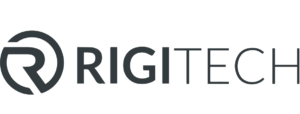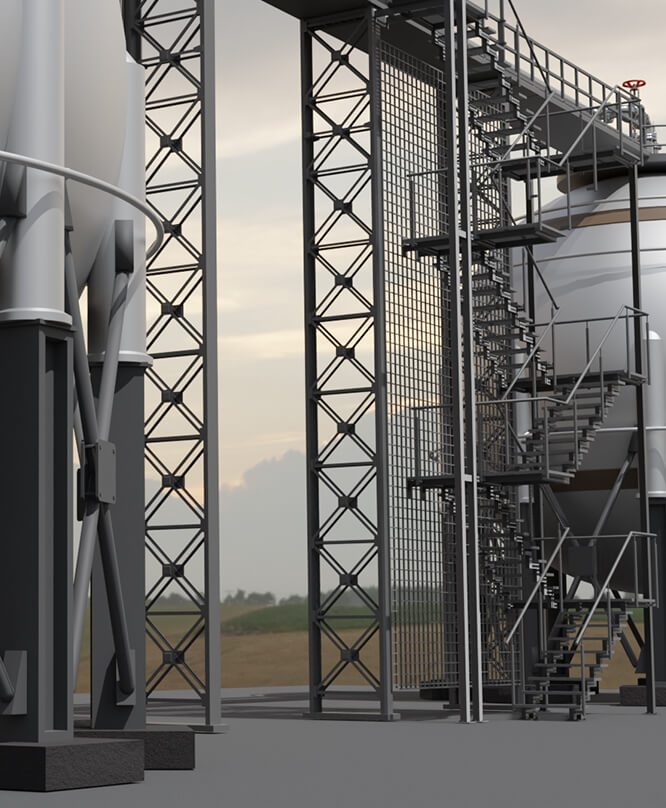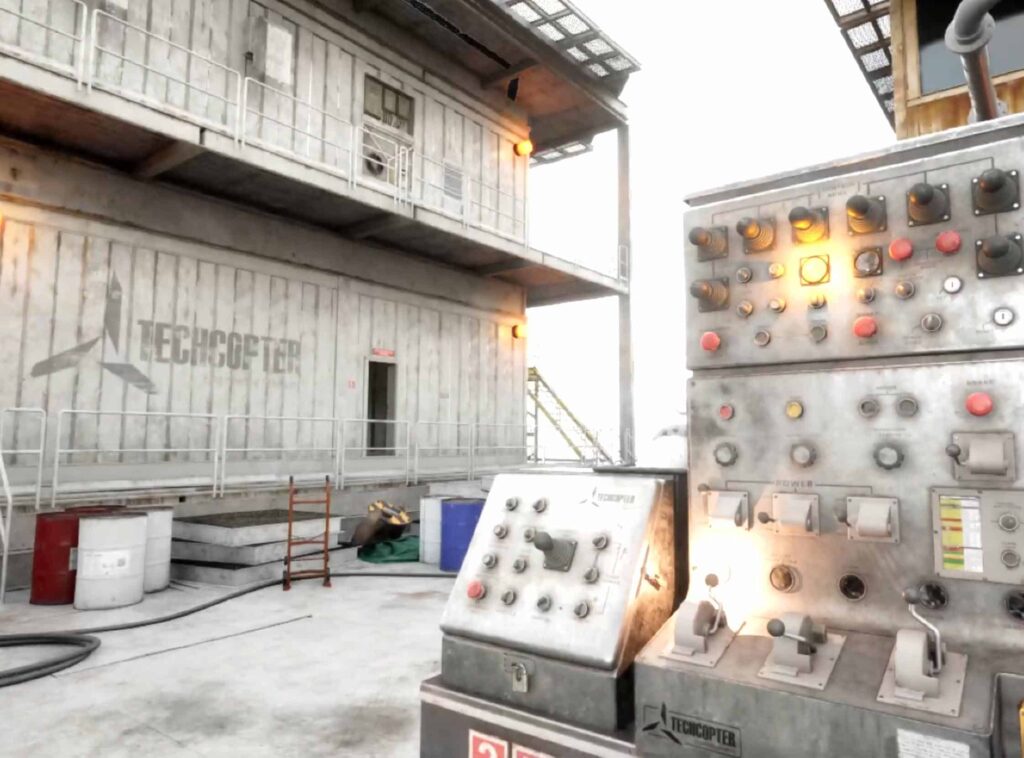VR Training
01
Intro
Introducing TECH-VR (Virtual Reality Training)
What is Virtual Reality Training?
For various industries and companies, Techcopter develops Virtual Reality training applications that allow professionals to learn new machines and production processes without disrupting ongoing production. We simulate practical scenarios with ease and purpose, making each training a valuable learning experience where mistakes can be made safely and learned from. Additionally, using Realsee Galois, we can scan your entire facility with 3mm attention to detail and create a digital twin.
02
Benefits
For Industries
NEW MACHINES? DIFFERENT PROCEDURES? TEMPORARY COLLEAGUES?
EXPERIENCE A VARIETY OF VIRTUAL REALITY TRAINING APPLICATIONS AT THE VR ACADEMY
More and more companies in the manufacturing industry take a step towards VR training. And this is just a small step, as a large variety of VR training applications is available at the Virtual Training Academy. Virtual training connects seamlessly to the development of Industry 4.0. Technological innovations reinforce each other, especially in practice.
02
About
Our Experience
We had a great experience with these companies





03
About
Build up your version

THE BENEFITS OF VR TRAINING
Practical learning in VR applies knowledge immediately
VR training is safe and possible at any location and any time
It broadens the predictive performance of individual achievements
Increases the operational excellence from the production environment
VR training safes time, travel expenses and money
The total footprint of your company is being reduced
Professionals train familiar in their own language
START YOUR OWN: VIRTUAL TRAINING ACADEMY
Companies with global operations often have their own Academy, in which both management and executive teams train with each other or undergo further training. All very practical and targeted.
Adding training in virtual reality enriches your training pallet, but also the internal branding and employer branding from your company. Ask yourself the question: who does not want to work for a very special company that also organizes everything with virtual reality perfectly?
Are you ready for the future in the manufacturing industry, like for the TECH-VR? With VR or other forms of extended reality (XR). you add a virtual layer to your current working environment.

